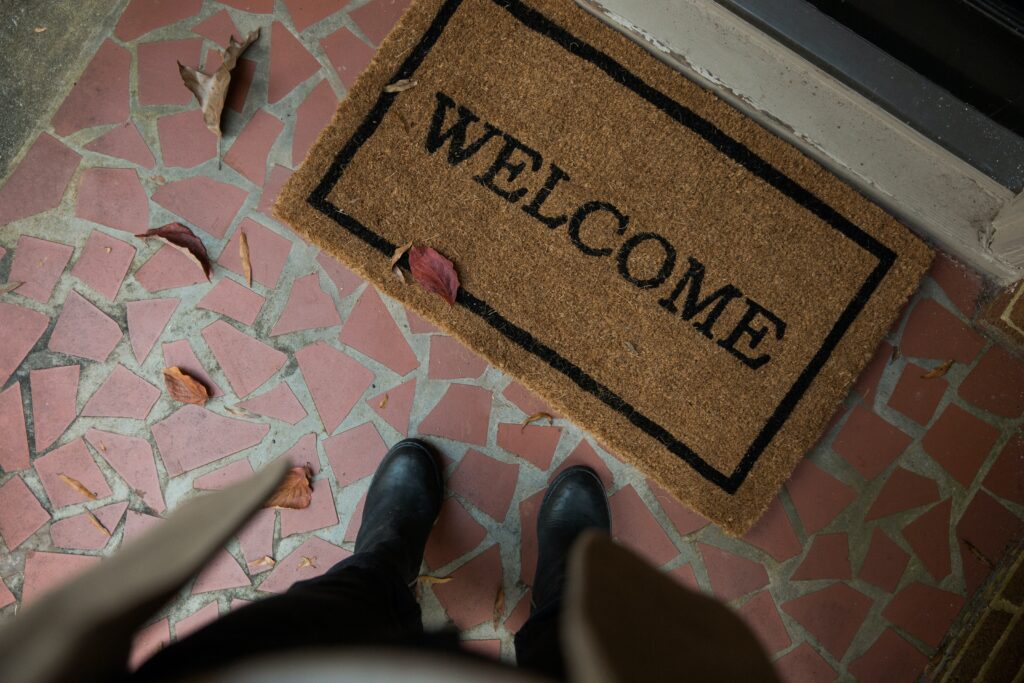Two-family homes can be a way to get your feet wet as a rental property owner and potentially generate additional income, but they often have a higher price tag than a single-family home. Here are a few things to keep in mind if you’re thinking about buying a two-family home.

Single-family home vs. two-family home
Let’s get clear on the definitions first. A one-family or single-family home is a single, stand-alone home. A two-family home has two livable units with distinctly separate living spaces. The spaces have separate amenities for living independently, including bathrooms and kitchens.
Cost and financing
As with a single-family home, you’ll have to be prepared financially to purchase a two-family house. This can include qualifying for a mortgage, having an adequate down payment, and being able to afford monthly payments (potentially without rental income). Lenders will look at factors including debt-to-income ratio and credit score.
Two-family houses often cost more than single-family homes. This means you’ll likely need a higher down payment, and monthly payments will be higher, too. However, living in one unit and renting out the other can help offset mortgage costs, potentially easing the financial burden.
Home repairs
As the owner of a two-family home, you’re responsible for repairs to both units. This can be anything from repainting to fixing a leaky roof or resolving clogged plumbing. You’ll be responsible for the costs of repairs as well. You may consider saving up extra cash reserves to ensure you have the money to cover any unexpected repairs. For short-term expenses you can pay at the end of the month, like a bucket of paint or a new doorknob, you might just decide to use a credit card. Options for larger repairs include borrowing against the home’s equity or even borrowing against the cash value of a permanent life insurance policy, like whole life insurance.
Rentals and vacancies
In addition to repairs, as a landlord, you’re also responsible for things like finding tenants, enlisting the help of a realtor, collecting rent, and communicating with tenants. If your rental unit is vacant, either because you haven’t yet found tenants or your tenants have moved out, you won’t have that income until the property is rented out again. While the unit is vacant, you’ll also be responsible for paying utilities and other costs the tenant would typically cover.
Which unit you’ll live in
Once you’ve purchased the property, you’ll have to decide where in the two-family unit you’d like to reside. Depending on the setup, this might be a choice between living on one side of the house or the other, or between the upstairs and downstairs unit. There are practical considerations that go into this choice. For example, often, the two unit are different sizes. If you’re single, you might take the smaller unit and rent the larger one out for more rental income. If you live with your family, you might take the larger unit and rent out the smaller one. Depending on the property, you may also want to decide if you’ll share any outdoor areas like a backyard.
The primary purpose of permanent life insurance is to provide a death benefit. Using permanent life insurance accumulated value will reduce the death benefit and may affect other aspects of the policy.
Source; iQuanti

